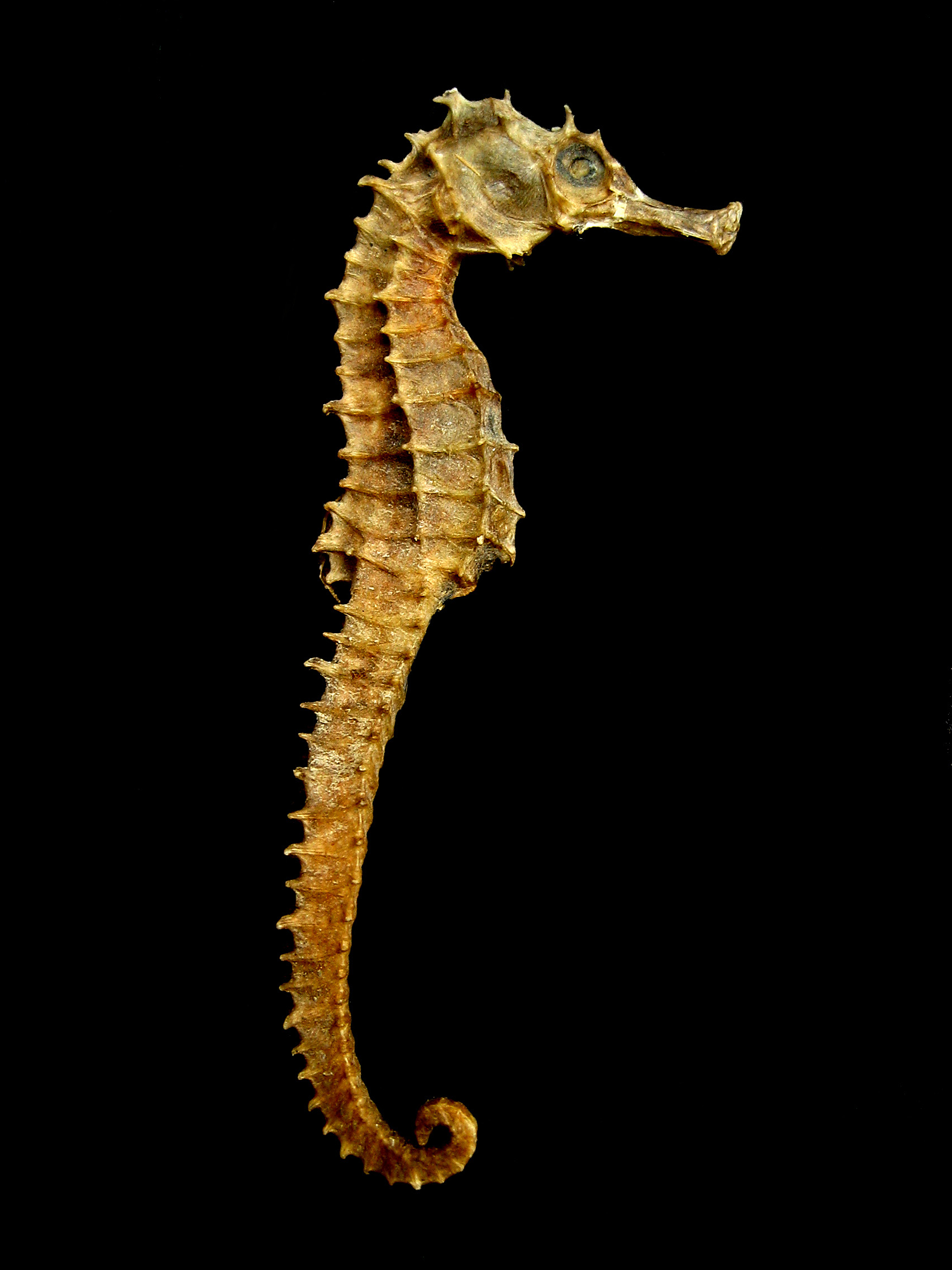
With over 50 species, seahorses are mostly found within tropical, shallow waters throughout the world and usually live in sheltered areas like among seagrass, coral reefs or mangroves. They also come in a variety of patterns and colours, something which I myself may be able to incorporate into the design of my hybrid.
Their most distinct feature is their long, coiled tail which they use to hook onto their surroundings in order to prevent them from being whisked away by strong currents.


I have used this feature a lot in many of my designs--a whip-like appendage for an arm, shoulder spines, a 'pony-tail' appentage coming out from the back of the head and even used it as a replacement for a pair of legs to form a mer-creature shape.
The reason as to why they are referred to as sea'horses' is their long snout which strongle resembles that of equines, another concept which I incorporated into one of my thumbnails by combining myself with a horse as well as a seahorse, though this idea was scrapped because I figured I was only allowed to combine myself with one animal.
The seahorse is often used in Chinese herbology and at least 20 million are caught each year. Medical seahorses are not bred in captivity due to being open to disease and they may have different medical properties from aquarium seahorses.



They're so whimsical and unlikely, aren't they? Amazing things!
ReplyDeleteIndeed! Though it's been difficult to make them either menacing or incorporate them into the human anatomy, especially the face.
ReplyDelete